What is mobile cloud computing?
This is the use of cloud technology to deliver applications to mobile devices remotely. The cloud infrastructure provides increased capacity for data storage, memory, and processing power. Hence taking off pressure from mobile devices.
Types of mobile cloud computing available
- Distant immobile cloud computing
- Distant mobile clouds
- Hybrid cloud computing
- Proximate immobile computing entities
- Proximate mobile computing entities
Mobile Cloud computing architecture
This refers to the various building blocks in terms of applications, software capabilities, and databases that have been designed to harness cloud resources to offer solutions.
The components making up the cloud infrastructure are:
- On-premise resources
- Cloud resources
- Middleware
- Software components and services
3 Tier mobile cloud computing architecture
As the name suggests this architecture is divided into 3 major parts namely:
- The presentation layer (UI)
This is the topmost layer of the architecture. It’s what the user sees.
It basically translates tasks and results to a form the user can easily understand and can also take input from the user.
Being the layer that users interact with a good design is important to attract the users.
- Application layer (AL)
It is also known as the business layer. It’s the middle layer between the presentation layer and the data access layer. It is responsible for processing commands, making logical decisions, and performing calculations. Moreover, it also ensures that the data that is input is correct before processing and the output is also correct.
It is essentially the middleware.
- Data access layer (DA)
This layer provides data for the other 2 layers. It connects and performs functions on the database
Advantages of 3-tier Mobile Cloud Computing architecture
- The introduction of the application layer between the presentation and data layer offers more security to data, hence data is more securely stored
- It is easier and faster to update to new geographical environments
- Unnecessary methods from the application layer can be hidden in the presentation layer
Disadvantages of the 3-tier Mobile Cloud Computing architecture
- The architecture is complex
- Its time consuming and difficult to build
Examples of Applications using mobile cloud computing
When you send or check mail using your smartphone you are using cloud computing technology.
- Social media
Using your phone to Share videos or photos through social media is another example of using mobile cloud computing technology.
- E-commerce
Making purchases of products online is a growing trend and is being made possible by cloud computing technology
- Finance
Checking your account balance using your phone or even transferring cash from one account to another is another example too.
Why mobile cloud computing?
- Easier Development and deployment
When compared to the traditional desktops and server-based software applications, it is easier to create and develop in terms of time and money.
- More uptime
Unlike the traditional style where servers operate only for a limited amount of time and are switched off after a certain period. Mobile computing cloud technology offers a solution on a where and when needed basis thus reliability is increased.
Factors to consider while adopting mobile cloud services
Some factors to consider before adopting Mobile Cloud technology:
- Internet bandwidth and reliability
- Security
- Licensing
- Performance
- Complexity
- Cost
- Return on investment
Service models of mobile cloud computing
There are three service models of mobile cloud computing namely:
- Software as a Service (SaaS)
Here the user gets software to use via the internet by subscribing and without having to install something on their side.
- Infrastructure as a Service (IaaS)
This is a service where the service provider offers needed infrastructure like computers, networking resources, and storage on a pay-as-you-go basis.
- Platform as a Service (PaaS)
This is a model where the cloud computing service provider provides a platform for developing, testing, and managing software on an on-demand basis.
It provides a platform for developers to create apps without worrying about managing or setting up the infrastructure.
Characteristics of mobile cloud applications
- User Mobility
Users can move from one geographical location to another, even one continent to another, and still access an application.
- Network mobility
A user can move from one network provider and still use the service.
- Bearer mobility
Users can move from one bearer to another and still be able to access the same service.
- Device mobility
Users can change devices but still be able to access the same service by using the same account.
- Session mobility
An unfinished session while using one device can be continued on another device without having to start all over again
- Host mobility
The user is able to move from one host to another seamlessly
Implementing mobile cloud computing
- Have an access management solution
Implement robust access management by creating a zero-trust model where access is tightly controlled. Every person, device, or system has to be cross-checked and validated before being allowed access to your system.
- Secure your endpoint
Incorporating anti-malware, firewalls, access controls, and intrusion detection measures are a good point to start with but tools such as Endpoint detection and response (EDR) and Endpoint protection platforms (EPP) will go ahead in making your endpoint more secure
- Vulnerability management
Scan and conduct security audits to identify system vulnerabilities. This will help you identify misconfigurations and even security threats. Penetration testing of the system can be performed to get to know the weaknesses.
- Monitoring user activity
Analyze how users use the cloud environment. Depending on their use and sharing of data personal data may be at risk hence the need for monitoring.
- Password management
Apply best practices for password management like:
- Configuring the minimum number of characters required
- Come up with and indicate requirements for passwords, such as complexity.
- Tracking password changes to help in password auditing
- Come up with a password expiry period of say 90 days where you cancel all existing passwords and users have to come up with new ones.
- Create constant email alerts of any activity on passwords.
Advantages of mobile cloud computing
Below are the benefits of Mobile cloud computing:
- It is cost-effective
- Flexible
- Scalable
- Affordable
- Easy to update
- Execution is faster
Challenges of mobile cloud computing
- Security
- Network availability
- Compatibility
- Lack of infrastructure
Mobile cloud computing technology has provided users with not only expanded capabilities but also great flexibility. By following and implementing the best security practices and using the appropriate tools users can now enjoy and take advantage of the benefits of cloud computing stress-free.
However, this is also dependent on having a well-planned and professionally done architecture.
To know more mobile cloud computing architecture, connect with cloud app development company!
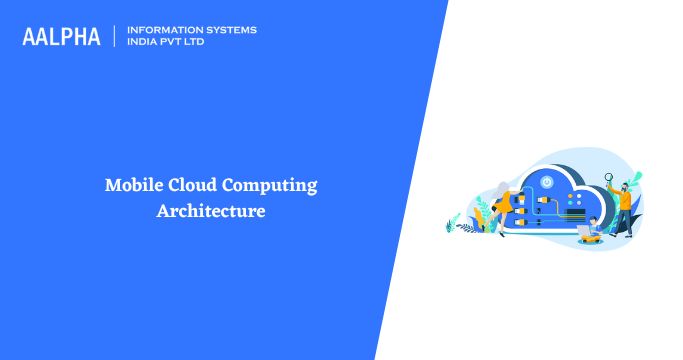
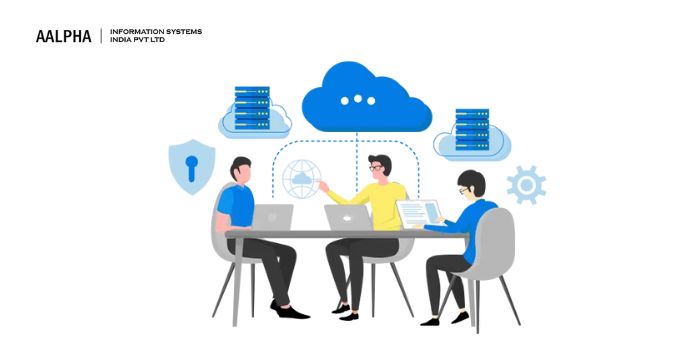
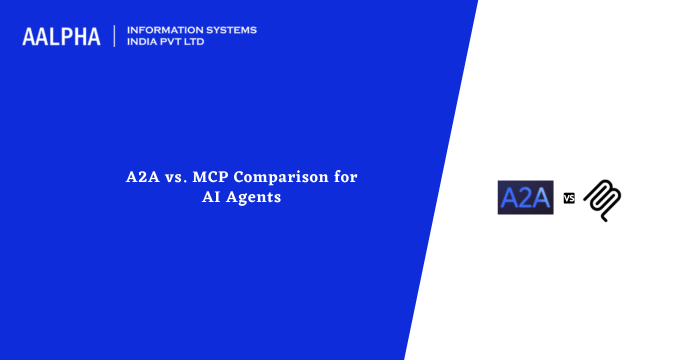
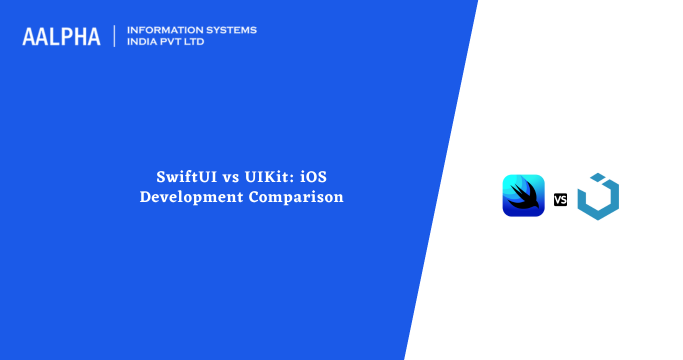
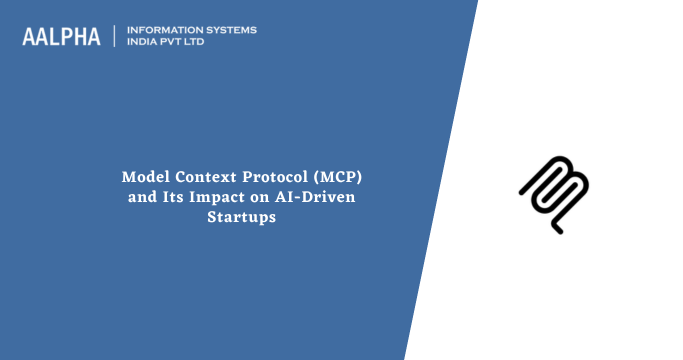
Share This Article:
Written by:
Muzammil K
Muzammil K is the Marketing Manager at Aalpha Information Systems, where he leads marketing efforts to drive business growth. With a passion for marketing strategy and a commitment to results, he's dedicated to helping the company succeed in the ever-changing digital landscape.
Muzammil K is the Marketing Manager at Aalpha Information Systems, where he leads marketing efforts to drive business growth. With a passion for marketing strategy and a commitment to results, he's dedicated to helping the company succeed in the ever-changing digital landscape.